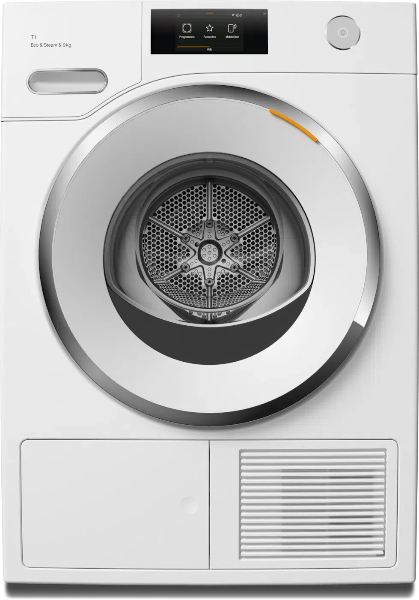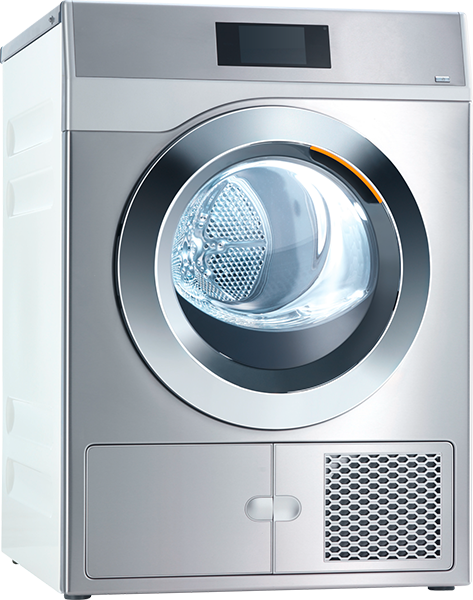
Content Menu
● Understanding Heat Pump Dryer Technology
● Leading Manufacturers in the Heat Pump Dryer Market
● Benefits of Heat Pump Dryers
● Key Features to Consider
● Installation and Maintenance
● Cost Considerations
● Smart Features and Innovation
>> Frequently Asked Questions
>>> Q1: How much energy do heat pump dryers save compared to conventional dryers?
>>> Q2: Are heat pump dryers worth the higher initial cost?
>>> Q3: How long do heat pump dryers last?
>>> Q4: Do heat pump dryers take longer to dry clothes?
>>> Q5: Do heat pump dryers require special installation?
Understanding Heat Pump Dryer Technology
Heat pump dryers represent the cutting edge of laundry technology, offering an innovative and energy-efficient approach to drying clothes. Unlike conventional dryers that expel warm air, these sophisticated appliances recycle hot air through a heat exchange system, significantly reducing energy consumption while providing superior fabric care.
Leading Manufacturers in the Heat Pump Dryer Market
Several manufacturers have established themselves as leaders in heat pump dryer technology:
1. Miele
- Premium build quality
- Exceptional durability
- Advanced moisture sensing
- Multiple specialized programs
2. LG
- Large capacity options
- Smart technology integration
- Competitive pricing
- Excellent energy efficiency ratings
3. Samsung
- Innovative features
- User-friendly interfaces
- Quick dry cycles
- Smart home compatibility
4. Bosch
- German engineering
- Reliable performance
- Quiet operation
- Precise temperature control

Benefits of Heat Pump Dryers
Energy Efficiency
Heat pump dryers typically use 50-60% less energy than conventional dryers. This significant reduction in energy consumption translates to lower utility bills and a smaller carbon footprint.
Fabric Care
The lower drying temperatures used in heat pump dryers are gentler on clothes, helping to preserve fabric quality and extend garment life. This makes them particularly suitable for delicate items and expensive clothing.
Ventless Operation
Unlike traditional dryers, heat pump models don't require external venting, making them ideal for apartments and spaces where venting isn't possible. This flexibility in installation is a major advantage for many homeowners.
Key Features to Consider
Capacity
Choose a dryer size that matches your household's needs. Most heat pump dryers offer capacities ranging from 4.0 to 9.0 cubic feet.
Programs and Settings
Look for models with:
- Multiple temperature settings
- Specialized fabric care programs
- Smart sensors for moisture detection
- Wrinkle prevention features
Energy Ratings
Consider models with high energy efficiency ratings to maximize long-term savings.
Installation and Maintenance
Proper installation and regular maintenance are crucial for optimal performance:
- Ensure proper leveling during installation
- Clean the lint filter after each use
- Regular cleaning of the heat exchanger
- Proper ventilation around the unit

Cost Considerations
While heat pump dryers typically have higher upfront costs, the long-term savings on energy bills often justify the initial investment. Consider:
- Purchase price
- Installation costs
- Energy savings
- Potential utility rebates
- Expected lifespan
Smart Features and Innovation
Modern heat pump dryers often include advanced features:
- WiFi connectivity
- Smartphone control
- Program customization
- Energy usage monitoring
- Automatic program selectionv

Frequently Asked Questions
Q1: How much energy do heat pump dryers save compared to conventional dryers?
A: Heat pump dryers typically use 50-60% less energy than conventional dryers, resulting in significant savings on energy bills over time.
Q2: Are heat pump dryers worth the higher initial cost?
A: Yes, for most households, the energy savings and gentler fabric care make heat pump dryers a worthwhile investment, typically paying for themselves within 3-5 years through reduced energy costs.
Q3: How long do heat pump dryers last?
A: With proper maintenance, heat pump dryers can last 10-15 years, often outlasting conventional dryers due to their more sophisticated but gentler technology.
Q4: Do heat pump dryers take longer to dry clothes?
A: Yes, heat pump dryers typically take 10-15 minutes longer per cycle than conventional dryers, but this is offset by the energy savings and gentler drying process.
Q5: Do heat pump dryers require special installation?
A: While they don't require external venting, heat pump dryers need proper spacing for ventilation and a way to drain condensed water, either through a drain hose or condensation tank.












